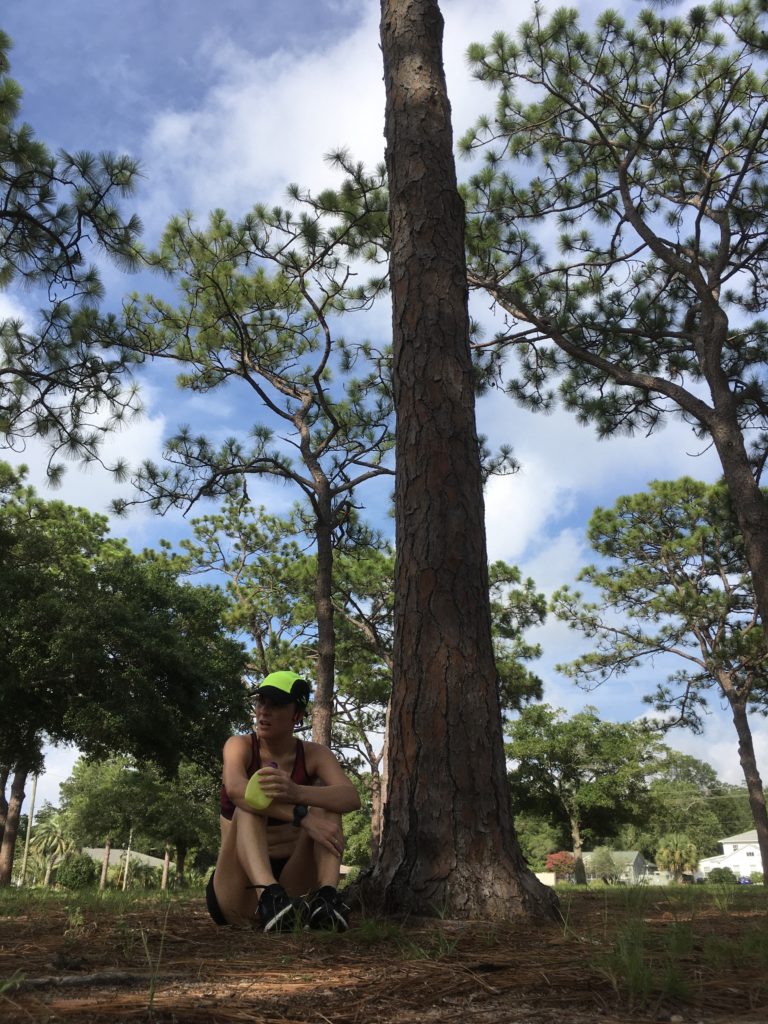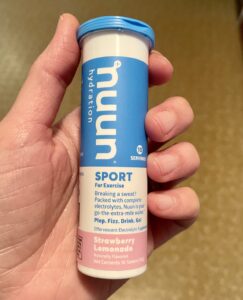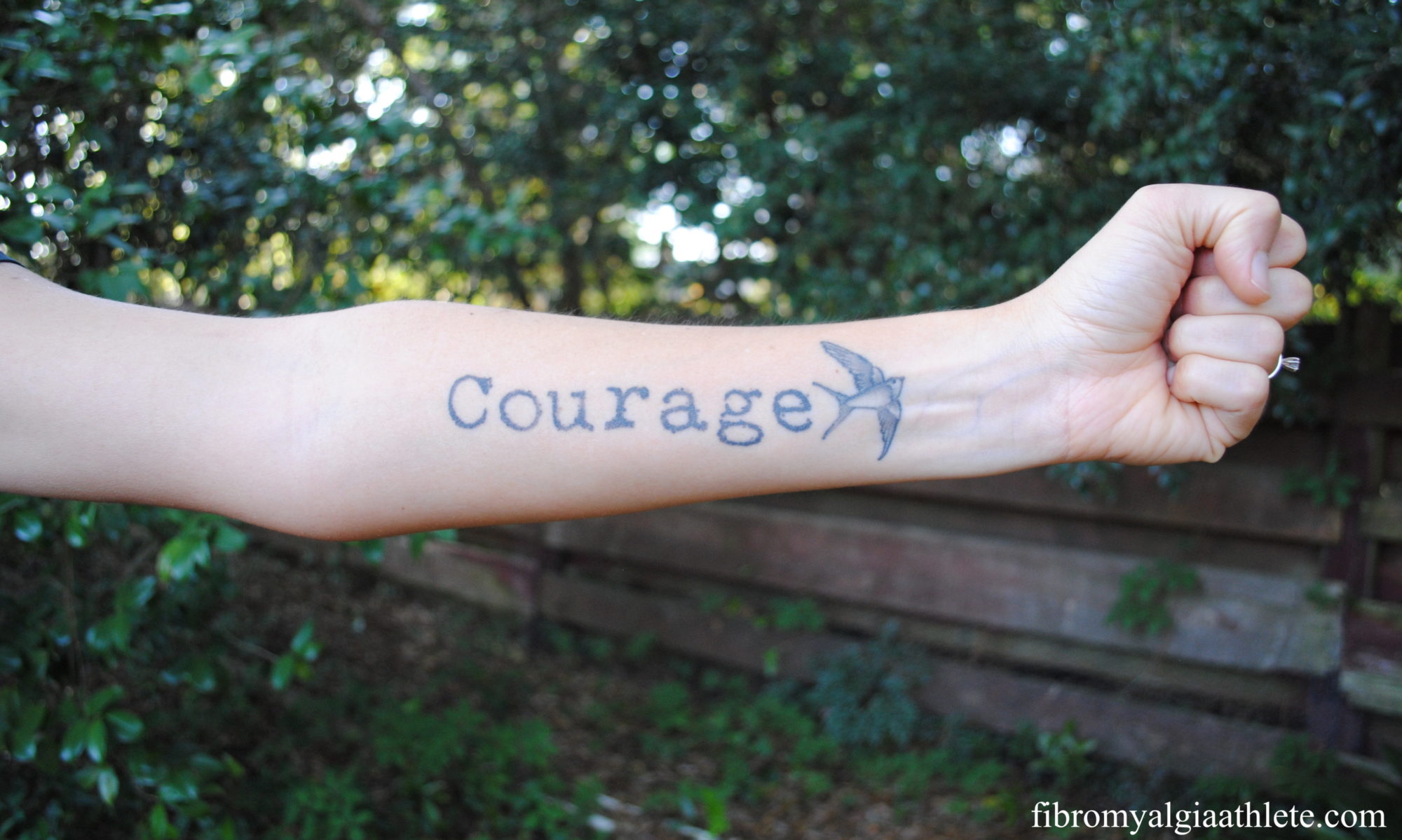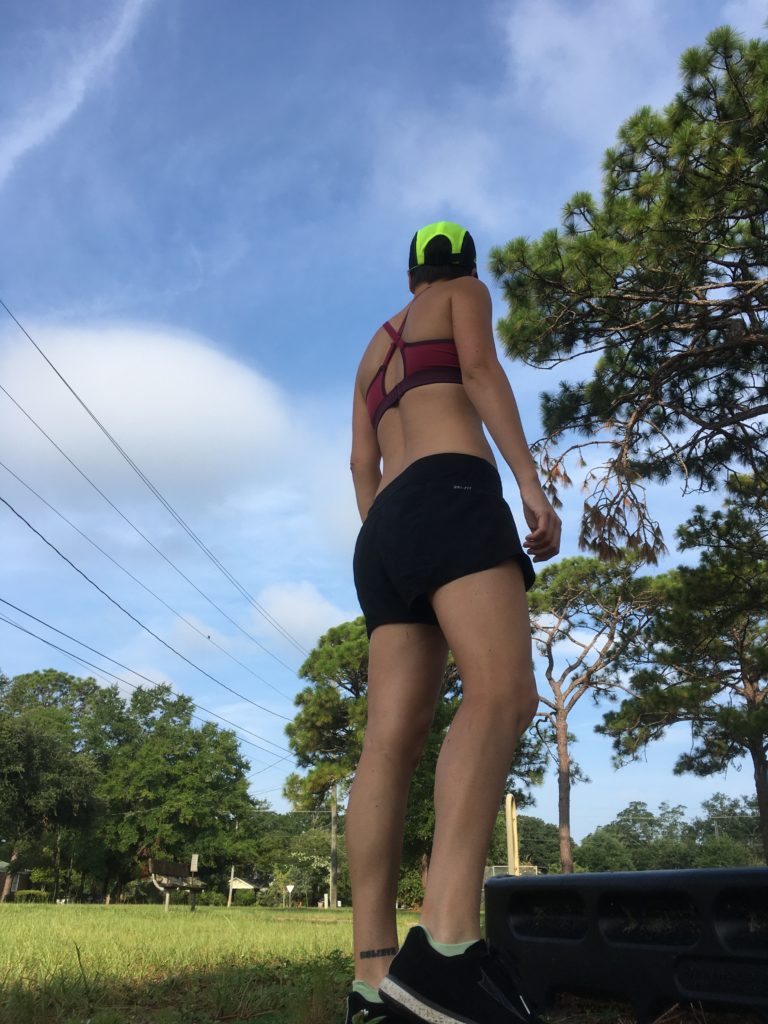
Part of the package I was given with Lyme disease and babesia was intolerance to heat. I have an electrolyte disorder, so not only am I heat intolerant, but I lose a lot more electrolytes than most people. Babesia, a tick-borne pathogen that infects red blood cells, causes night sweats. Sweating all day and night is a recipe for extreme dehydration. If you don’t have proper hydration, the way I understand it, you’re going to have an even harder time dealing with Lyme disease.
Hydration Tablets and Caplets and Lyme Disease
My doctor ordered me to use Nuun tablets all day. They’ve helped tremendously and happen to taste really good. (My favorite flavor at the moment is Strawberry Lemonade.) I also take Hammer electrolyte caplets before workouts, even if the planned workout is relatively light. My blood pressure isn’t as dangerously low anymore and I don’t come close to passing out multiple times throughout the day, so I know the Nuun and Hammer are working.

There’s an abundance of scientific and anecdotal data available about Lyme disease and hydration. I asked my doctor how much water he wants me to drink per day and he said he didn’t have a set amount. He wants my pee very light yellow whether that takes two liters, three liters, or a lot more fluid. I mostly follow the Buhner Protocol, but the Cowden Protocol says it won’t work unless you drink a minimum of three liters of water daily. I don’t count any foods as hydrating even though they are. The small amount of water in apples, oranges, and my other favorites is pretty negligable in the scheme of things. I measure a liter of water every morning in a glass bottle and then try to have it gone (with Nuun tablets) by 10 a.m. I gauge my fluid intake for the rest of the day based on how I feel and what my activity level is. And, of course, the color of my pee.
Easy Recipe
Nutramedix stevia is a product I recently found after my doctor put me on a few Nutramedix tinctures for Lyme disease. Nutramedix is the brand name associated with the Cowden Protocol. Their stevia is by far the best I’ve tasted. A few drops go a long way and taste really good. My favorite, simple hydration recipe that I invented (no claims of chef skills here!) is this:
- 1 liter of water
- 1 tablet of Nuun Strawberry Lemonade
- Juice of 1/2 an organic lemon, pulp included
- 5ish drops of stevia, depending on tartness of lemon
Water Bottles
I hate carrying bottles when I run but it’s a necessity. Hydration vests generally bother my neck. I want to try a nice Salomon vest but can’t justify the price. I often plan routes around a place I can safely hide a full bottle, although that strategy isn’t foolproof. Not long ago, a bottle of Nuun was stolen when I was mid-run. Yes, during a pandemic, someone stole my bottle. I’m not sure what to make of that. Anyway, I can’t stand to carry more than about 10 ounces at a time because of the weight, so if I plan to run longer than 4 miles, I make sure there’s a bigger bottle accessible to me. Sometimes that means looping back to my house to drink from a cooler in the driveway. Other times it means circling back to my truck to grab some cold Nuun. Either way, the trackback is not an option. It’s a necessity.
Pruned Fingers
My fingers are still pruned most nights. Not the most scientific measure of hydration and its effects on Lyme disease, I know, but valid to me. It’s a battle to get hydration right, especially with babesia. I go to bed cold or comfortable. By midnight, I’m burning up hot and soaked in sweat. But hey, writing this just gave me an idea. Maybe I’ll pop a Hammer tablet before bed tonight and see if it helps. Might as well.


